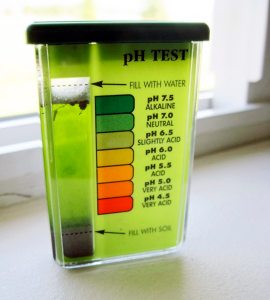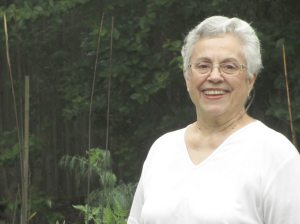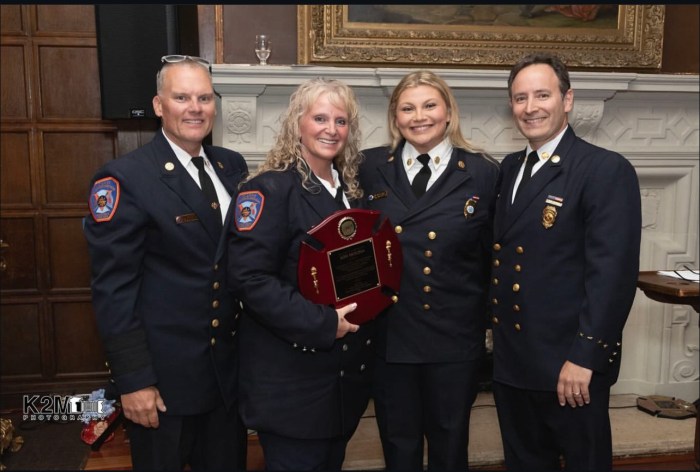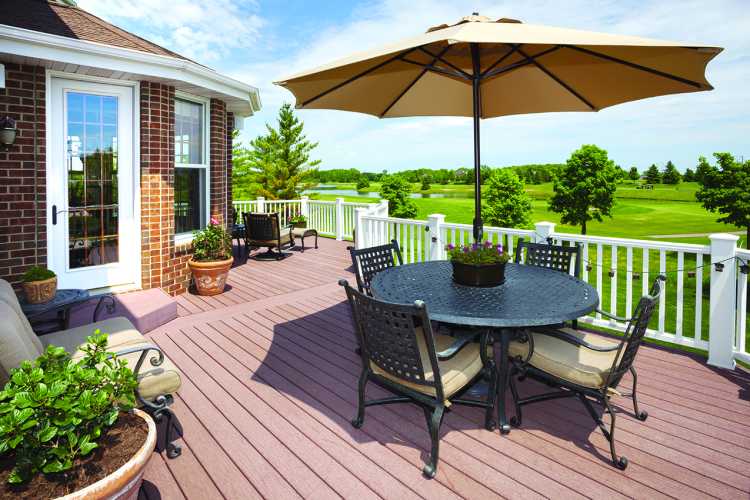The task of discovering the texture of your garden soil seemed a distant chore but spring is fast approaching. The texture is inter-twined with the soil structure.

Soil structure is the arrangement of the solid parts of the soil and of the spaces located between them. It is determined by how individual soil granules clump or bind together: in a column, like a plate, or irregular blocks. The way they clump together is critical in determining how the surface area of the granules retain and supply nutrients and water to the plants. The next DIY test begins when the soil has warmed until it no longer clumps together when pressed. Dig a few holes in different areas of property, about 1-inch deep. On day one, fill the holes with water. On day two, return and fill the holes again with water and watch to see how much time it takes for the water to drain. If it drains in just few minutes, your soil may not be able to hold enough water to sustain your plants. If the water takes more than an hour, the soil may contain too much clay causing the plants to drown.
After you have this basic information, visit your local garden supplier and create your amending plan. Add organic and mineral amendments such as compost, mulch and purchased greensand and gypsum and then cultivate them into the soil. Digging and raking the soil will loosen it and create pores of various sizes which will allow the plant roots to drink. Hoeing and tilling the soil will also create those air spaces but remember not to do this if the soil is wet. Begin after the weather has been dry for a few days before you start this stage.

Now you will need to establish your soil chemistry. Let’s start with what it means. The pH is used to communicate the degree of acid or alkaline that is in your soil. The pH scale runs from 0.0 (most acid) to 14 (most alkaline). Therefore, a test with the score of seven is neutral. A gardener needs to know that most plants prefer soil that is slightly acidic between six and seven since that range affords them good access to nutrients. Luckily, here on Long Island the soil tends to be on the acidic side of the spectrum.
It is easy to determine the pH of your soil free or inexpensively at garden centers, the local cooperative extension or a home kit. Even if you never studied chemistry and science, it is a relatively simple process. Remember, that even in a small garden, the pH can vary from border to border so for best results, test different areas separately.
Once you know the pH of your garden borders you can remedy the levels by spreading additives. Remember that limestone is used to raise the level and sulfur is used to lower it. I have used Dolomitic limestone because it is a mix of calcium carbonate and magnesium and will neutralize more acidity per pound than pure limestone. Follow the amounts prescribed on the packages to correct the pH balance in your garden.
Maintaining the neutral to acidic pH levels becomes an ongoing task. The pH affects the extent to which one mineral or substance is able to dissolve in another which in turn determines the availability of those elements to your plants. Here in the east, rainfall can leach out calcium and other elements which will shift the pH scale in a relatively short time period therefore regular checks on the pH and of lime, sulfur, and magnesium levels are prudent.
Organic fertilizers added to the soil can contain micronutrients like seaweed, greensand, rock phosphates and granite dust, which can add a variety of nutrients that will provide a wonderful balance for the plants. Wood chips, mulched leaves, kitchen scraps, hay and compost all nourish plants with micronutrients. Apply these additives sparingly and with care since too much can be as harmful as too little.
In the next column, soil biology will be examined.
Josephine Borut is currently on the board of directors of the Long Island Horticultural Society and a past board member of the Long Island Rose Society. She is a current member of the American Rose Society, the Herb Society and the Long Island Horticultural Society, which meets on Sundays at 1:30 p.m. at Planting Fields Arboretum in Oyster Bay.
At the April 17 meeting, the speaker is Vincent Simeone, director at Planting Fields Arboretum. His topic is NY & NJ Getting Started Garden Guide. For information, go to www.lihort.org.


































